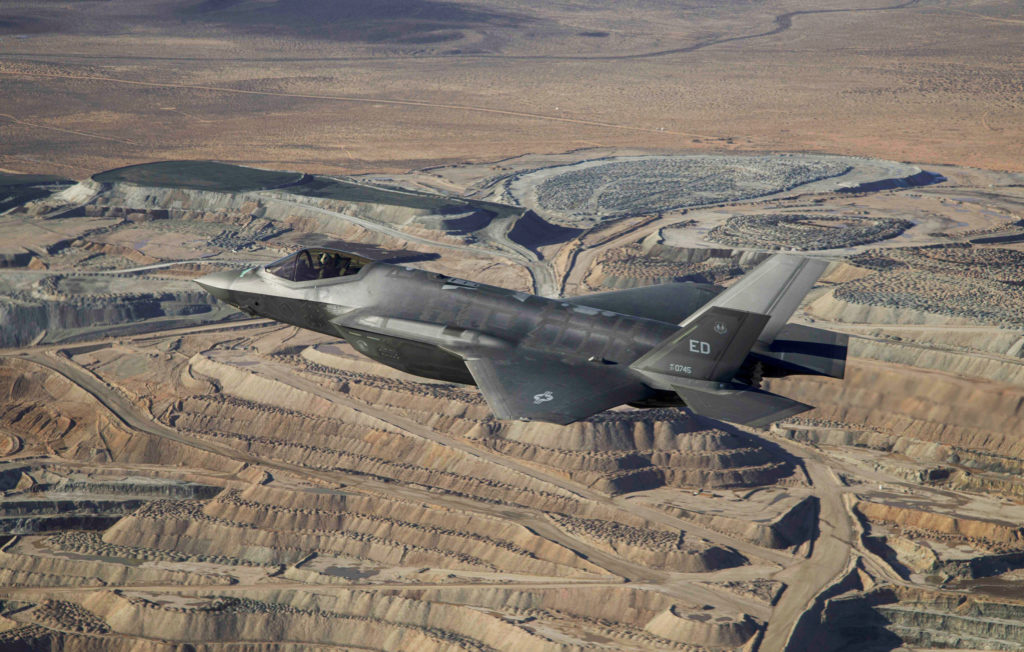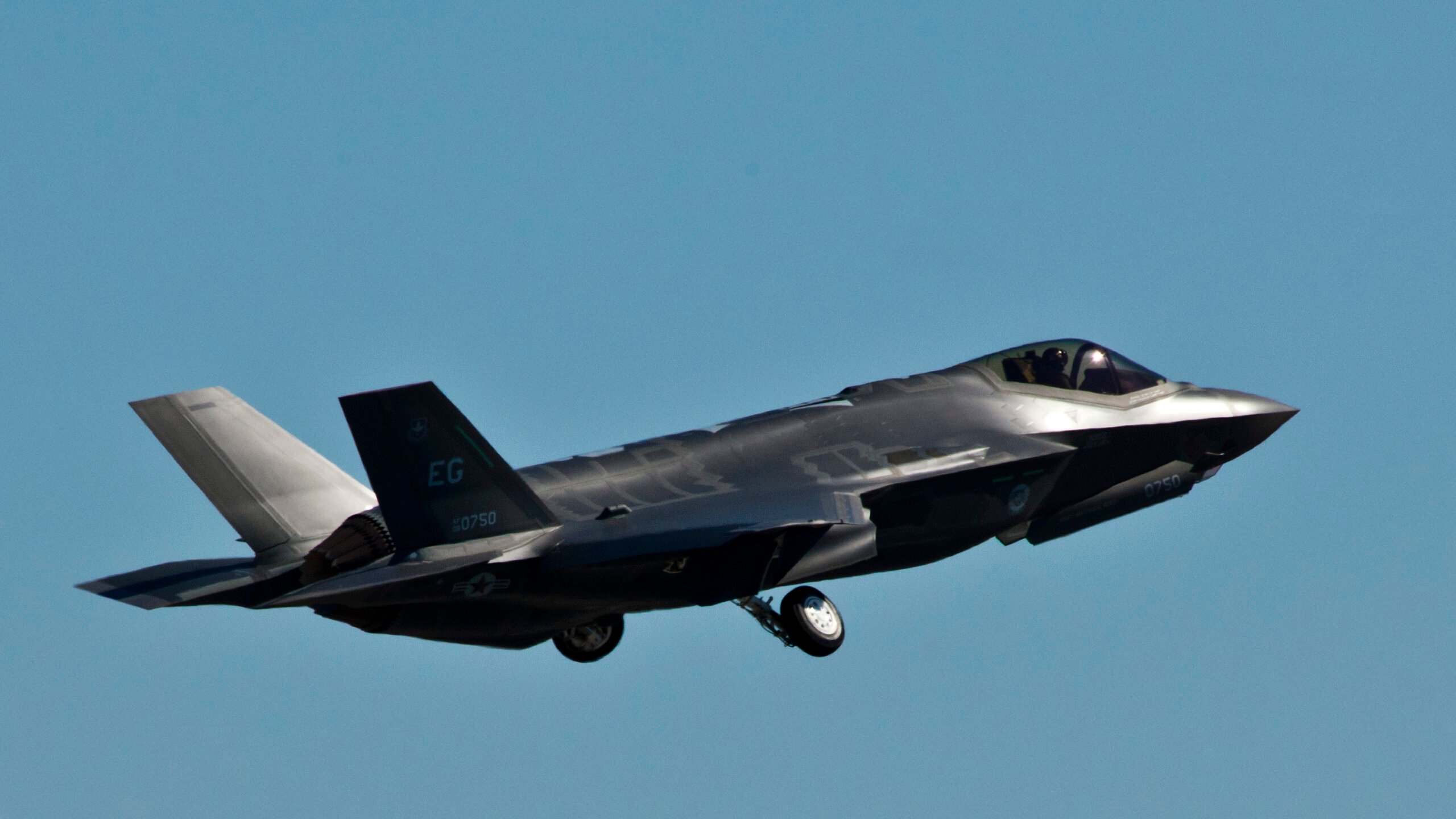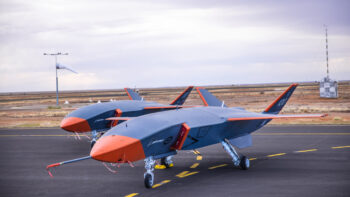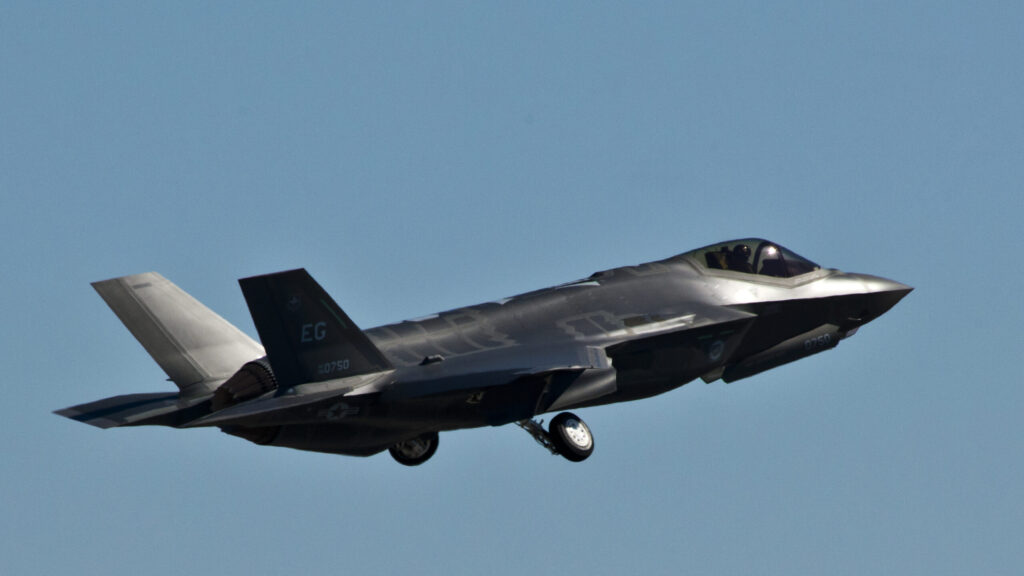F-22Raptor
ELITE MEMBER

- Joined
- Jun 19, 2014
- Messages
- 16,980
- Reaction score
- 3
- Country
- Location
Lockheed Martin believes it is “manageable” to complete testing of the F-35 Technology Refresh-3 and start delivering new jets with the system by mid-2024, company chairman and CEO Jim Taiclet said Oct. 4—and he promised the resulting product will be “worth the wait.”
“We and the Joint Program Office, which manages the F-35 program, we do feel that it’s a manageable risk to get to second quarter of next year deliveries with the TR-3 program, [with] test flights completed,” Taiclet said in a discussion hosted by the Hudson Institute.
The JPO agrees that mid-2024 is a possibility, but there are risks, the program director has said.
Taiclet explained that the TR-3 is “a cutting-edge technology insertion, on a very complex platform that has to do … anti-spoofing, formation flying, counter-jamming” in a “serious” electronic warfare environment, he said.
The upgrade will be worth the wait, he said, because the F-35 will do edge computing, a complex technical capability “very similar” to autonomous drones or driverless cars, he said.
“We want to make sure this works, and the reason this is important is because the F-35 TR-2 version has the best attributes of the three areas you need to have effective edge computing node: that’s data storage [of the] size that you need; data processing capability and a robust server, how robust is your cloud; and multi-path connection to the cloud,” Taiclet said.
The capability resident in TR-3 will be an order of magnitude greater than in TR-2, he said, and with it, the F-35 will have a digital capability “unlike any other” in the world.
Lt. Gen. Michael Schmidt, the program executive officer for the F-35 JPO, told Air & Space Forces Magazine last month that he still sees risk in Lockheed getting TR-3 flight testing accomplished in the first half of 2024. The original estimate for delivery was by the end of 2023.
Schmidt said the TR-3 delays generally had to do with supply chain disruptions, behind-schedule software, and a late start of flight testing.
Many assumptions about getting TR-3 tested and delivered were too optimistic, Schmidt said, adding there still may be insufficient manpower and software laboratory capacity to hit the upgrade program’s timeline. The number of flight test aircraft available is also too small for the program’s needs, and the flight test infrastructure generally is “really old,” he said.
Schmidt said the TR-3—and the F-35 Block 4 upgrade, which requires the TR-3—suffered from insufficient planning and workarounds in case of delays.
“The consequences of it not being ready on time” weren’t sufficiently appreciated when the Block 4 was laid out, Schmidt said, explaining there was “no backup plan.” However, Schmidt did say the hardware “is doing pretty well right now.”
The centerpiece of TR-3 is a super-high-power computer/processor/memory upgrade, which will run the 85 or so improvements in Block 4, including new data fusion, new sensor suites, additional long-range precision weapons, upgraded electronic warfare capabilities, and interoperability with more platforms.

 www.airandspaceforces.com
www.airandspaceforces.com
“We and the Joint Program Office, which manages the F-35 program, we do feel that it’s a manageable risk to get to second quarter of next year deliveries with the TR-3 program, [with] test flights completed,” Taiclet said in a discussion hosted by the Hudson Institute.
The JPO agrees that mid-2024 is a possibility, but there are risks, the program director has said.
Taiclet explained that the TR-3 is “a cutting-edge technology insertion, on a very complex platform that has to do … anti-spoofing, formation flying, counter-jamming” in a “serious” electronic warfare environment, he said.
The upgrade will be worth the wait, he said, because the F-35 will do edge computing, a complex technical capability “very similar” to autonomous drones or driverless cars, he said.
“We want to make sure this works, and the reason this is important is because the F-35 TR-2 version has the best attributes of the three areas you need to have effective edge computing node: that’s data storage [of the] size that you need; data processing capability and a robust server, how robust is your cloud; and multi-path connection to the cloud,” Taiclet said.
The capability resident in TR-3 will be an order of magnitude greater than in TR-2, he said, and with it, the F-35 will have a digital capability “unlike any other” in the world.
Lt. Gen. Michael Schmidt, the program executive officer for the F-35 JPO, told Air & Space Forces Magazine last month that he still sees risk in Lockheed getting TR-3 flight testing accomplished in the first half of 2024. The original estimate for delivery was by the end of 2023.
Schmidt said the TR-3 delays generally had to do with supply chain disruptions, behind-schedule software, and a late start of flight testing.
Many assumptions about getting TR-3 tested and delivered were too optimistic, Schmidt said, adding there still may be insufficient manpower and software laboratory capacity to hit the upgrade program’s timeline. The number of flight test aircraft available is also too small for the program’s needs, and the flight test infrastructure generally is “really old,” he said.
Schmidt said the TR-3—and the F-35 Block 4 upgrade, which requires the TR-3—suffered from insufficient planning and workarounds in case of delays.
“The consequences of it not being ready on time” weren’t sufficiently appreciated when the Block 4 was laid out, Schmidt said, explaining there was “no backup plan.” However, Schmidt did say the hardware “is doing pretty well right now.”
The centerpiece of TR-3 is a super-high-power computer/processor/memory upgrade, which will run the 85 or so improvements in Block 4, including new data fusion, new sensor suites, additional long-range precision weapons, upgraded electronic warfare capabilities, and interoperability with more platforms.

Lockheed Boss: F-35 Tech Refresh-3 Coming in Mid-2024, Will Be ‘Worth The Wait’
Flight testing of the F-35 Tech Refresh 3 will be complete by mid-2024 and be "worth waiting for," Lockheed Martin CEO Jim Taiclet said.







